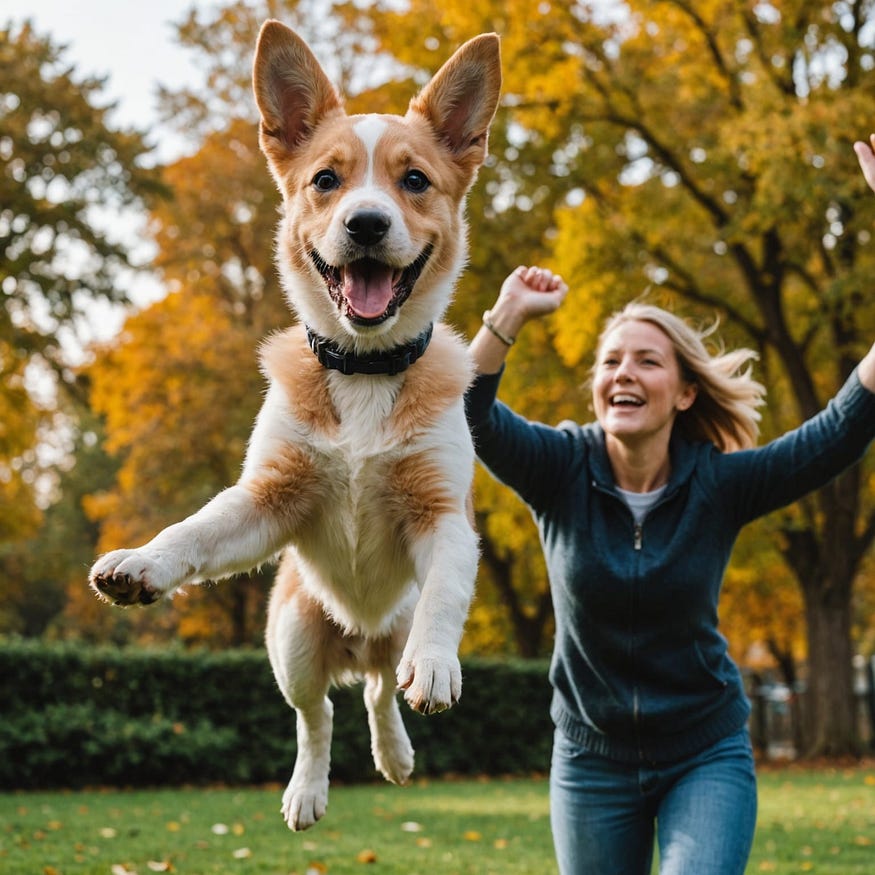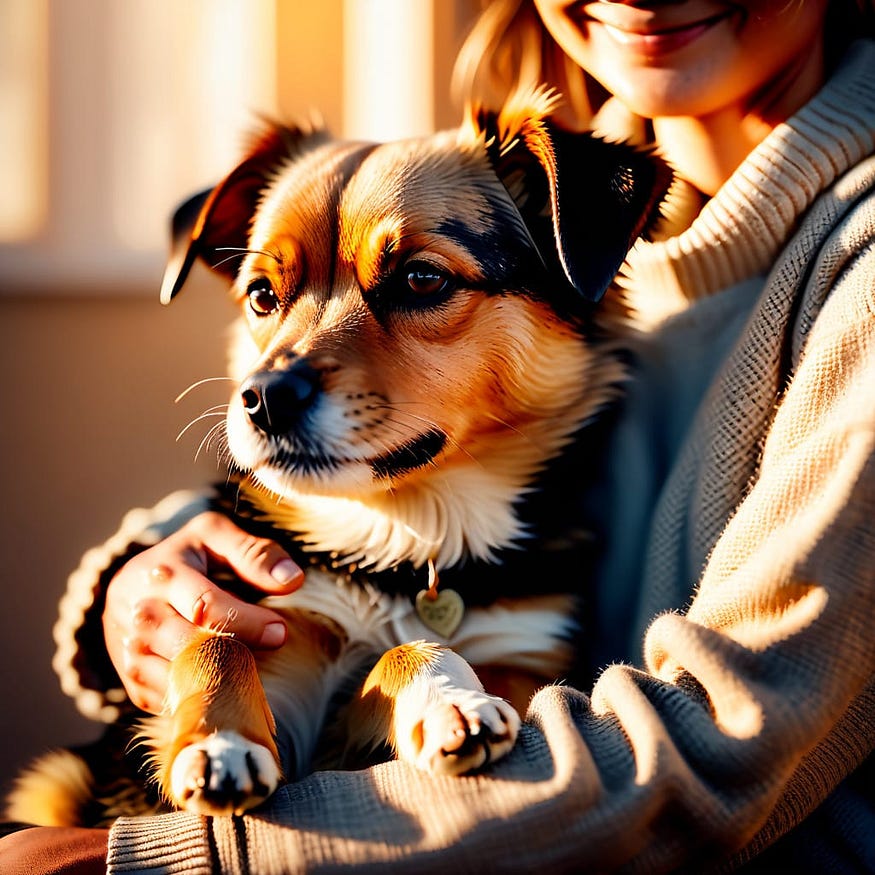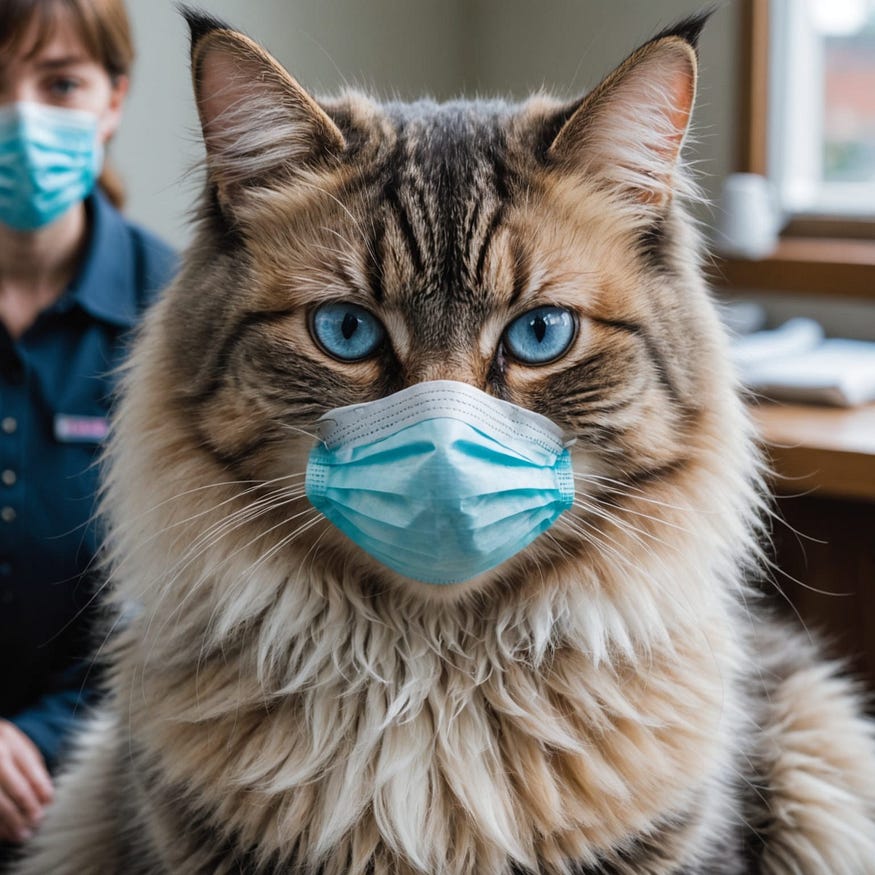Explore the natural language of canine greetings. Learn what it means when your dog barks, jumps, or nuzzles as you come home and how to nurture a loving bond with your furry friend

This post can be read on Medium
Written by Xena
What Your Dog’s Greeting Reveals
After a long, tiring day, the way your dog greets you can say more than words ever could. Many dog owners believe — and are usually right — that you can read your pet’s feelings simply by observing its behavior.
When you arrive home, your dog may react in various ways — from loud barking to exuberant jumping. These behaviors generally signal joy and excitement, though they may also hint at a bit of anxiety. Each gesture holds a unique message.
Veterinarian Dr. Rebecca MacMillan has studied these natural greeting behaviors. Her research shows that these signals are not only innate but also honed over generations. Dogs use them to express affection and establish a strong bond with their owners.
Barking as a Sign of Joy
Barking is one of the most common ways dogs communicate. When your dog barks upon your return, it is typically a burst of happiness and excitement.
This often comes with tail wagging and bright, sparkling eyes. While energetic barking usually stems from positive feelings, it can also indicate a desire for interaction or even slight anxiety. In puppies, sometimes exuberance can even result in a little urination. To keep things calm, greet your pet with a gentle, quiet tone.
Jumping: A Gesture of Unbridled Happiness
When your dog leaps toward you, it’s simply celebrating your presence. Jumping is a natural expression of the boundless joy and energy a dog experiences when seeing its owner.
While this behavior is endearing, excessive jumping might lead to unwanted situations. A bit of professional training can help teach your dog alternative ways of expressing excitement if needed.
Tail Wagging: Energy and Affection
A happy dog often shows its contentment by wagging its tail vigorously. This dynamic motion is one of the clearest signs that your dog is thrilled to see you. Tail wagging is often paired with other gestures, reinforcing the emotional connection between you and your pet.
Sniffing and Rubbing: Signs of Intimacy
Besides barking and jumping, many dogs express affection with gentle sniffing and by rubbing their head against your legs or hands. This intimate greeting allows your dog to gather clues about your scent, a vital form of communication for canines.
Combined with other joyful behaviors, these actions help create a comforting environment where your dog feels loved and secure.
Physical Closeness and Touch
Dogs also rely on physical contact to show their delight. Whether it’s a nudge with a paw, a playful push against your leg, or lowering their body in deference, these actions highlight the deep emotional bond you share.
Such touches are especially common among dogs that are integral members of the family, offering both comfort and love.
Bringing Toys or Small Gifts
When your four-legged friend greets you with a toy in its mouth, it’s an invitation to play. This gesture shows that your pet missed you and now craves your attention. If you enjoy these playful moments, responding positively will encourage more such cheerful greetings.
Shy or Reserved Greetings
Not all dogs greet with boundless enthusiasm. Some may display a shy or reserved welcome, characterized by lowered posture, avoiding eye contact, and a tucked tail.
This typically indicates submission and respect. Your dog might see you as the pack leader, and a calm, soothing tone from you can help reinforce that bond. As veterinarian Dr. Rebecca MacMillan suggests, getting down to your dog’s level and using a soft voice can ease any uncertainty.
Conclusion: Understanding Your Dog’s Welcome Signals
Every gesture your dog makes when you come home — be it barking, jumping, tail wagging, sniffing, or physical touch — is a natural expression of its need for connection and affection. These behaviors show that your pet is happy to see you, even if sometimes they might also feel a tinge of anxiety after being apart.
If you notice a change in your dog’s welcoming behavior, especially if it seems unusually subdued or overly anxious, it might be wise to consult with your veterinarian. Understanding these behaviors helps you communicate better with your pet, fostering a harmonious environment where your dog feels safe, loved, and secure.
After all, our dogs are more than just pets — they are family. Their heartfelt greetings remind us every day of the unconditional love and joy they bring into our lives.
https://www.catdogwrld.com/2025/03/why-do-some-dogs-fear-cats.html

Feel free to contact me if you need a writer
If you want to support my work, buy me a coffee for $1 by clicking the link below. This is a small amount for you, but this means a lot to me!
Greetings, and until my next article!
Xena























